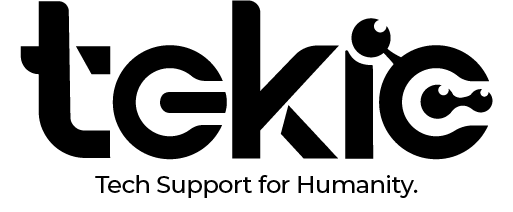Imagine this: You’re running a business, and everything seems to be working fine—until one day, it isn’t. Your team complains about slow systems, files take forever to load, and video calls lag at the worst possible moments. Do you invest in a complete IT upgrade, or do you patch things up and hope for the best?
This dilemma is one that every business owner faces. Upgrading means spending money, but sticking with outdated systems might cost even more in lost productivity. So, how do you decide? Let’s break it down.
1. The Cost of Doing Nothing
Many business owners think, “If it’s not broken, why fix it?” But outdated IT isn’t just about breakdowns. Slower systems, security vulnerabilities, and compatibility issues can creep up, causing inefficiencies that hurt your bottom line. Employees spending extra minutes waiting for files to load translates to hours of lost productivity each month.
2. When Patching Works—And When It Doesn’t
Not every IT problem requires a full upgrade. Sometimes, adding more storage, updating software, or tweaking configurations can extend the life of your systems. However, if your infrastructure is built on outdated technology, constant patching becomes a never-ending cycle—costing you more in maintenance than a proper upgrade would.
3. Security Risks: The Silent Business Killer
Cyber threats evolve daily, and older systems are prime targets. If your IT infrastructure isn’t up to date, you could be exposing your business to risks like data breaches, ransomware, and compliance violations. An upgrade might seem expensive, but a security incident could cost even more in lost revenue, reputational damage, and legal consequences.
4. Growth vs. Bottlenecks
Your business is scaling, but is your IT keeping up? A growing team means more data, more devices, and more demand on your network. If your systems can’t handle the load, you’re not just dealing with slow performance—you’re capping your own growth potential. Cloud solutions and scalable IT infrastructure ensure that you can expand without hitting technology roadblocks.
5. The Smart Way to Upgrade
A full overhaul isn’t always necessary. Smart businesses take a phased approach—prioritizing mission-critical upgrades while keeping costs manageable. Hybrid solutions, like cloud storage combined with in-house servers, allow for flexibility without massive upfront investments. The key is strategic IT planning, ensuring every dollar spent leads to measurable business improvements.
The real question isn’t just about upgrading—it’s about staying competitive. The right IT strategy balances cost, performance, and future-proofing, ensuring your business is always ready for what’s next. If you’re unsure where to start, let’s talk. We help businesses make the right IT investments—without overspending.

